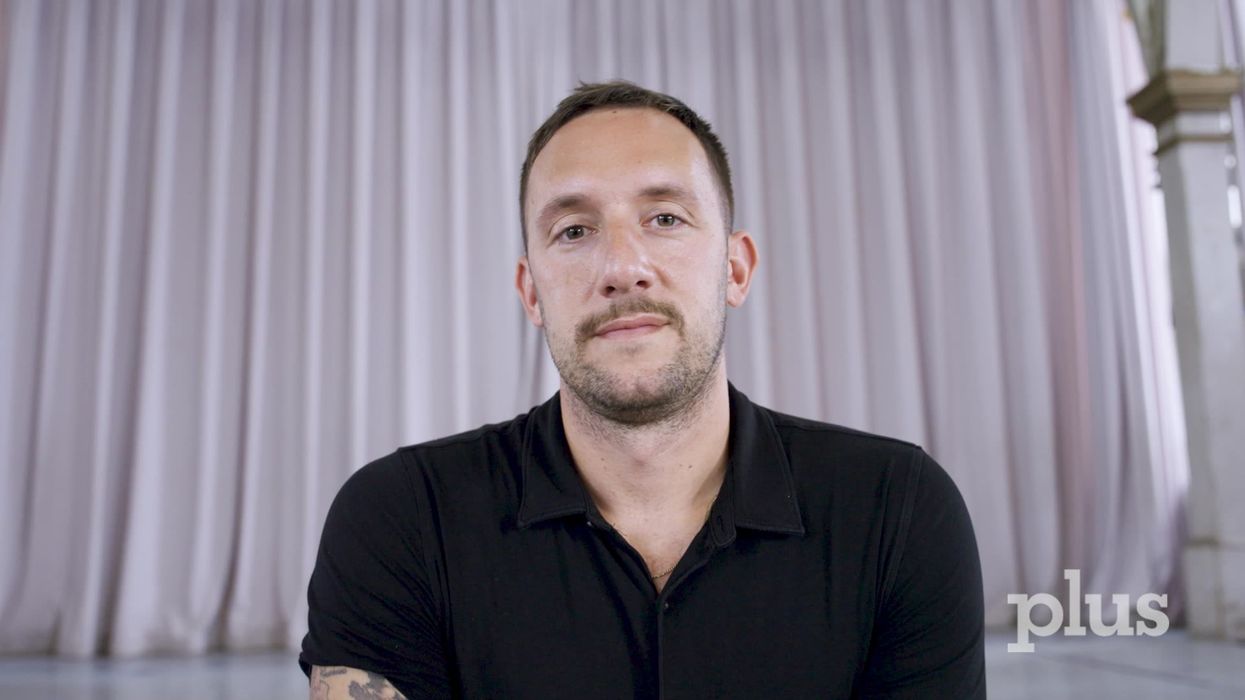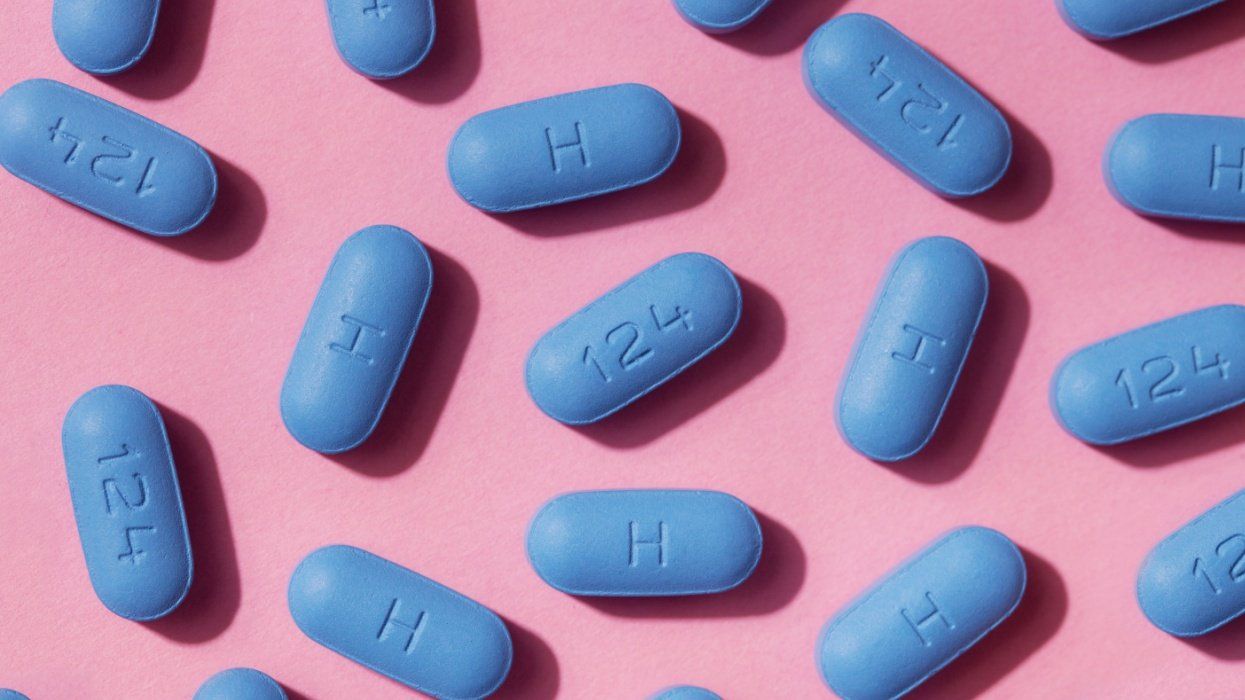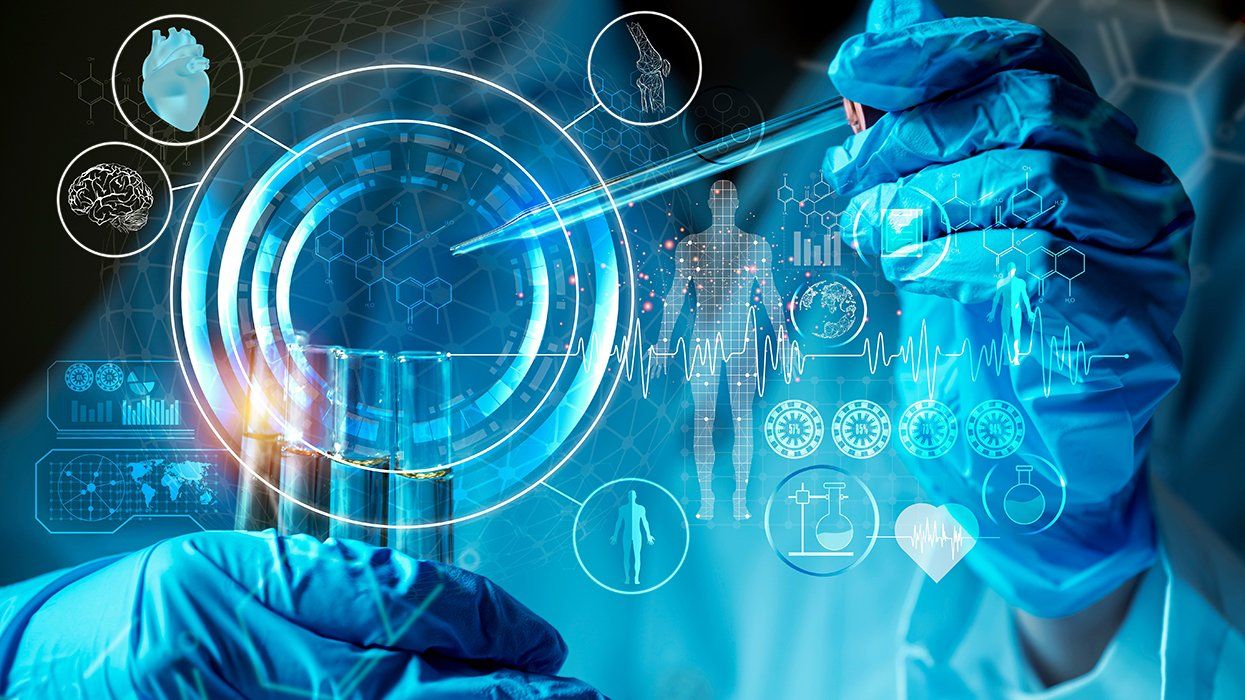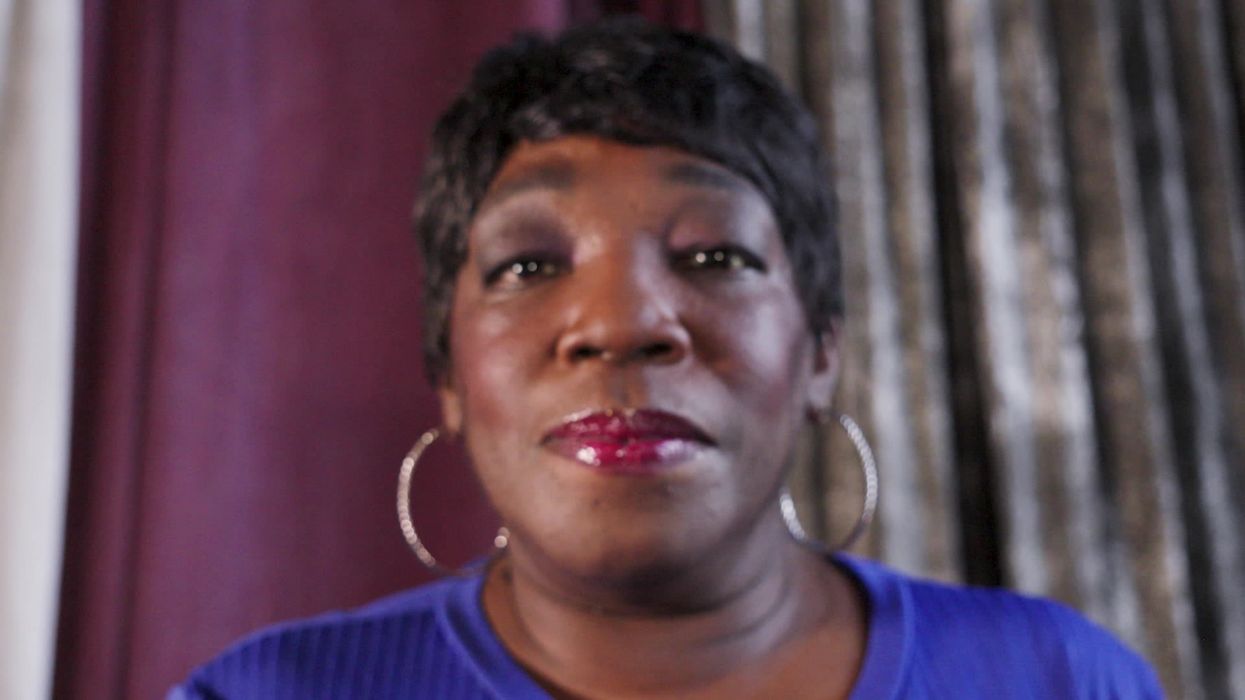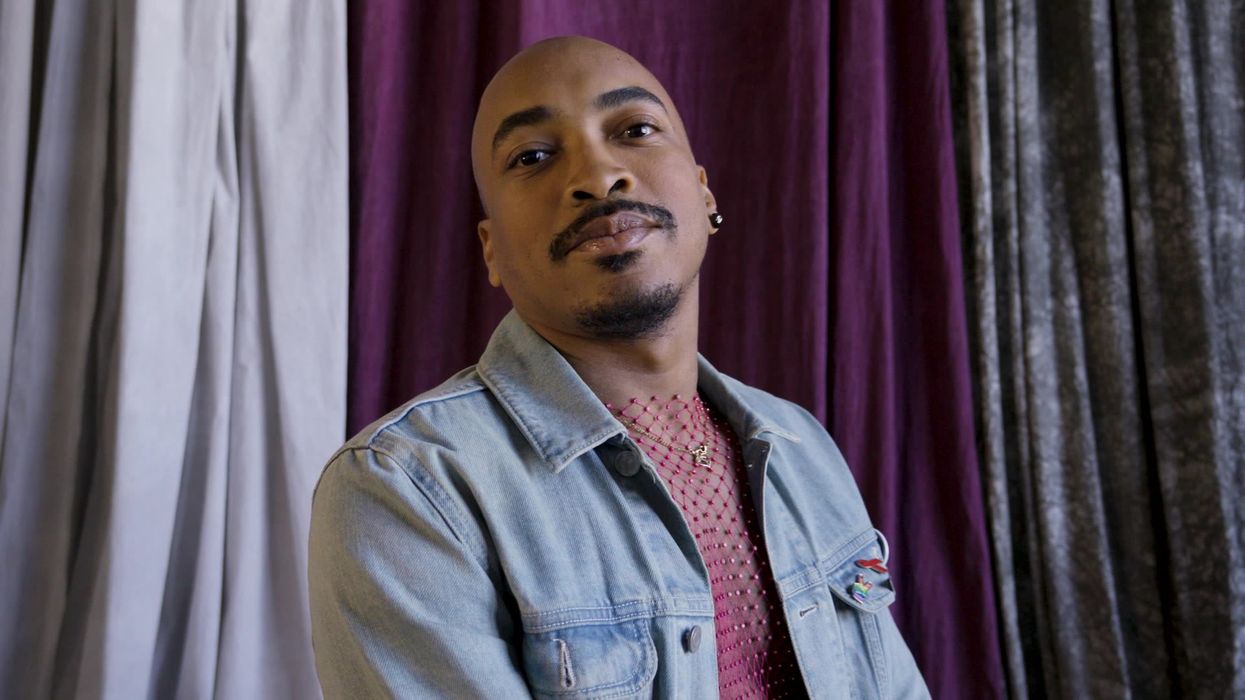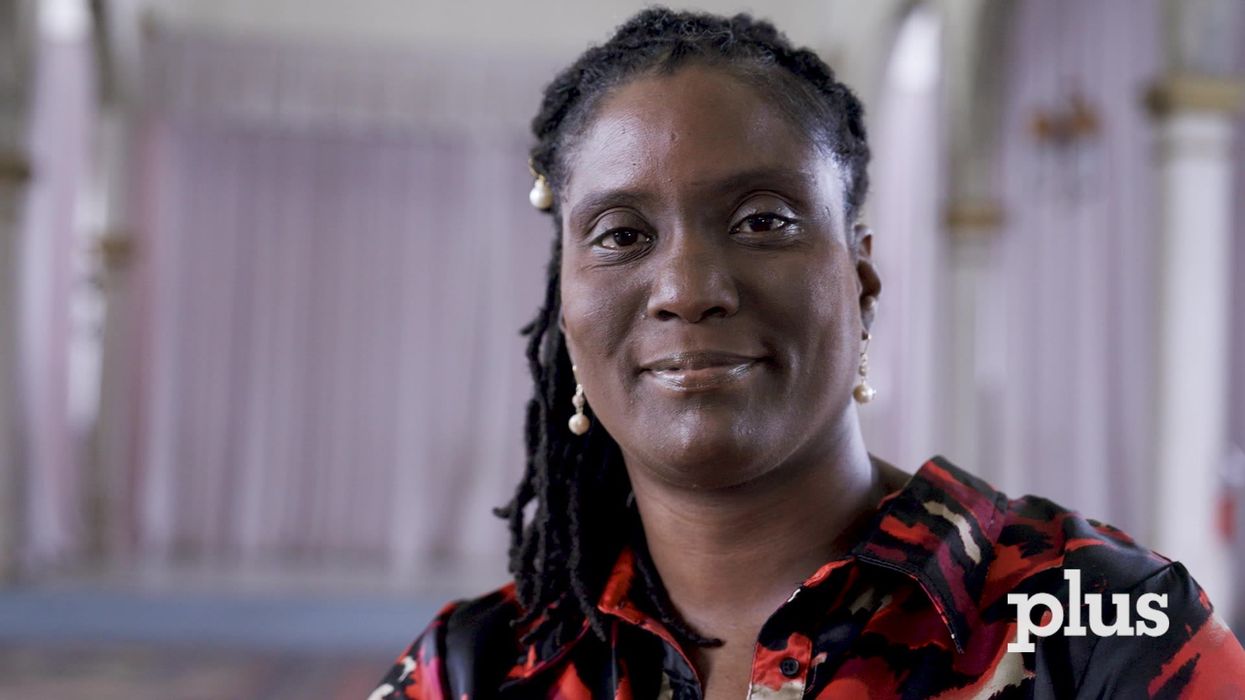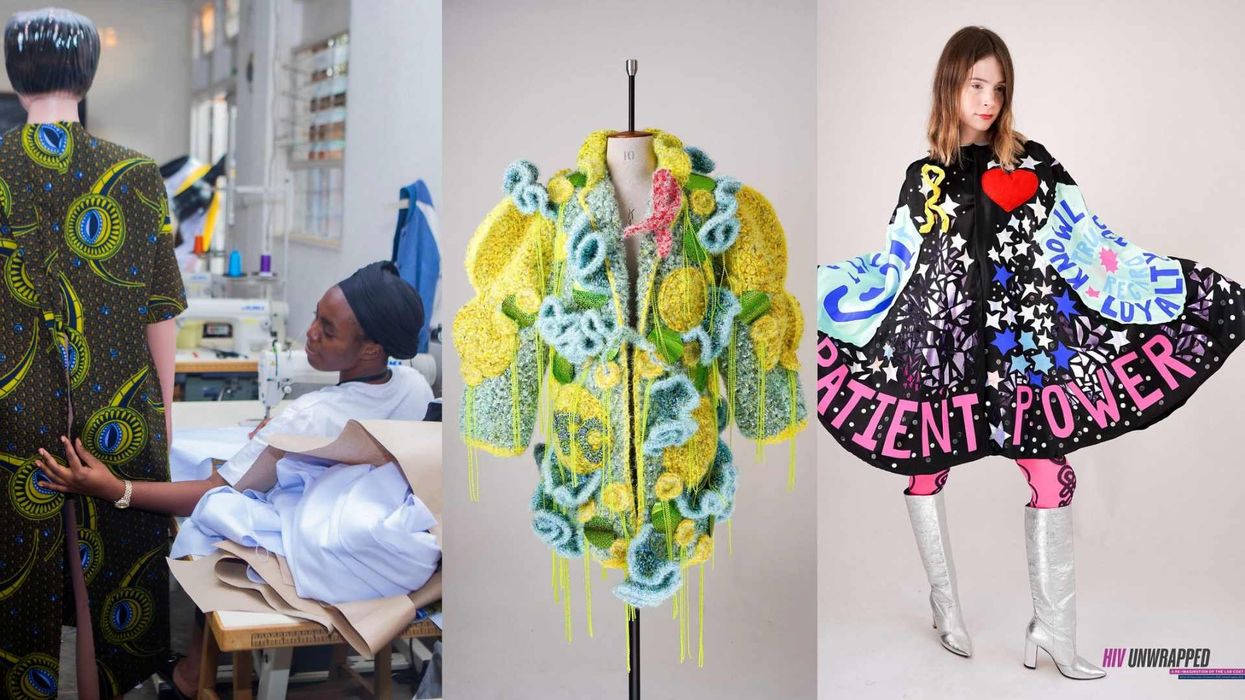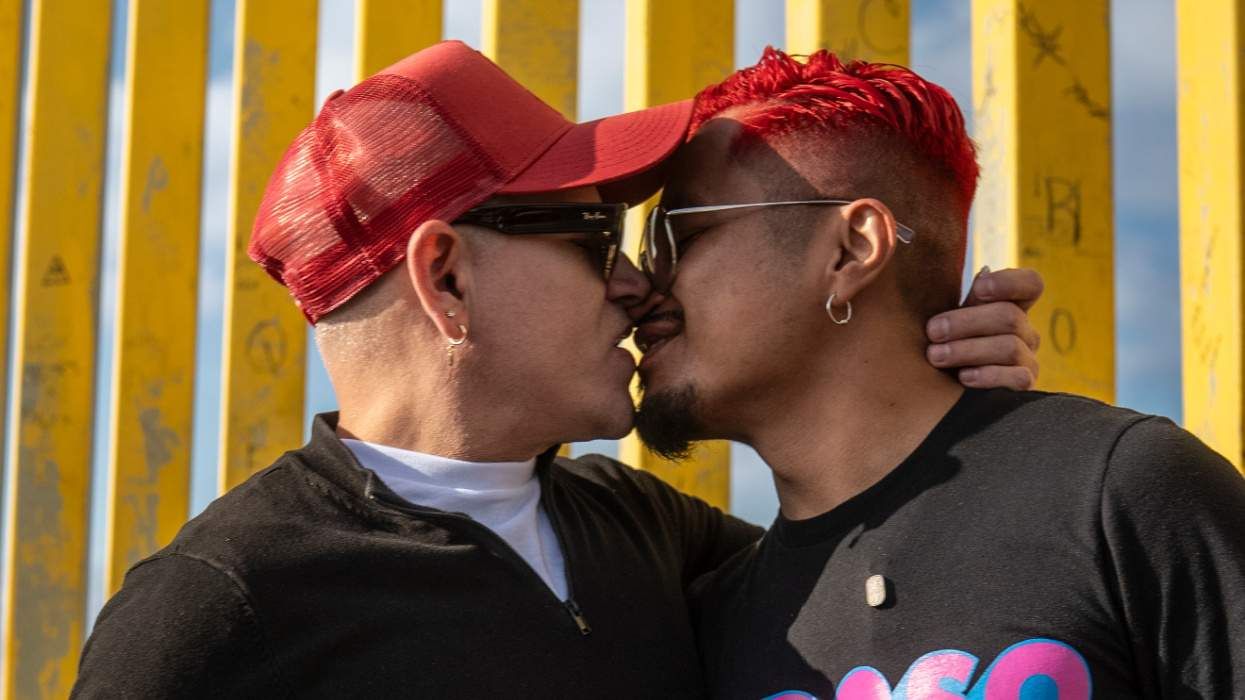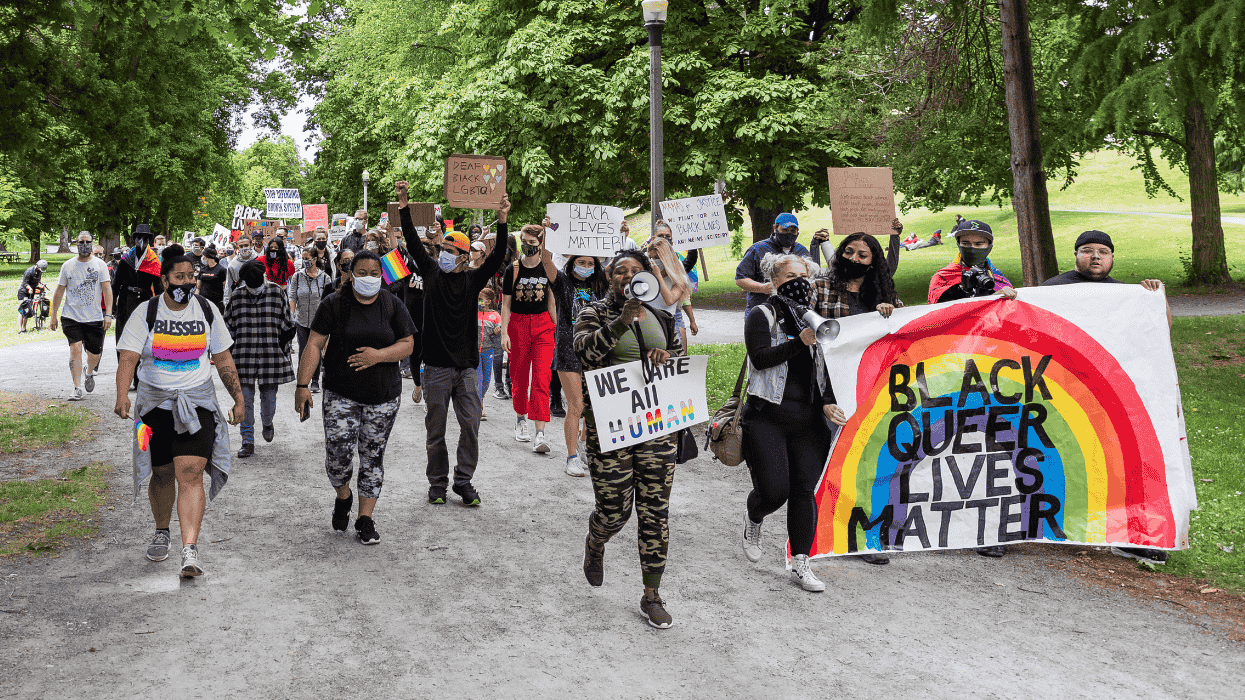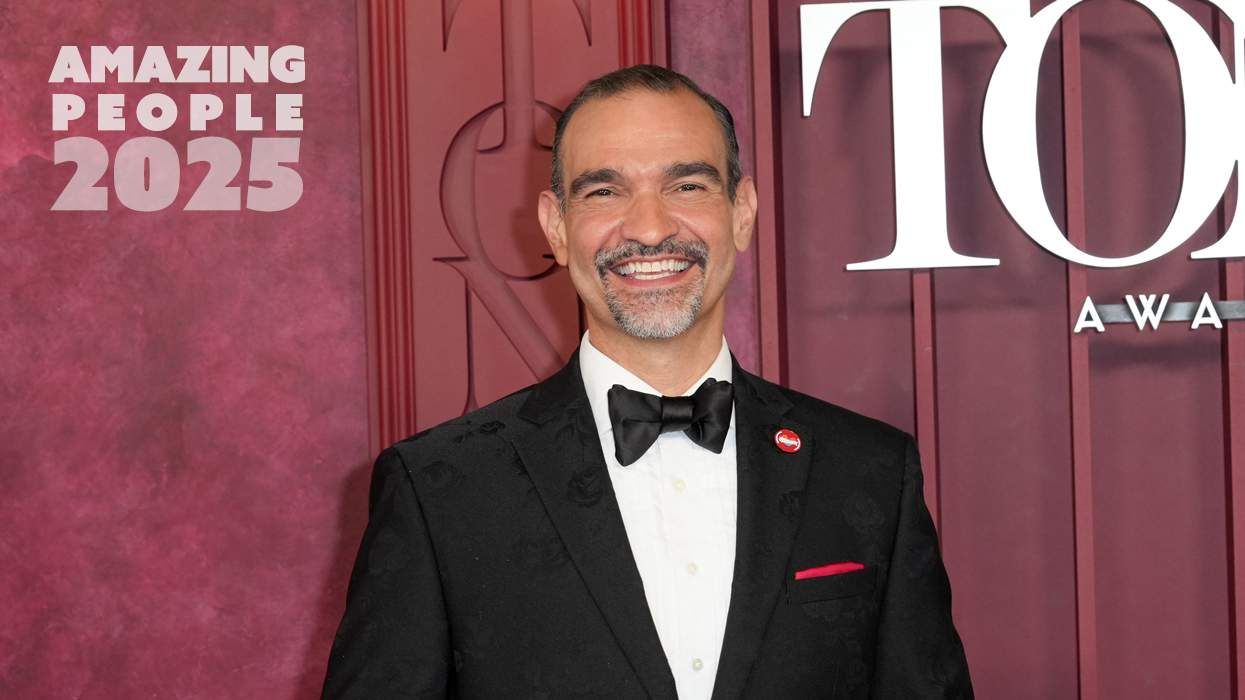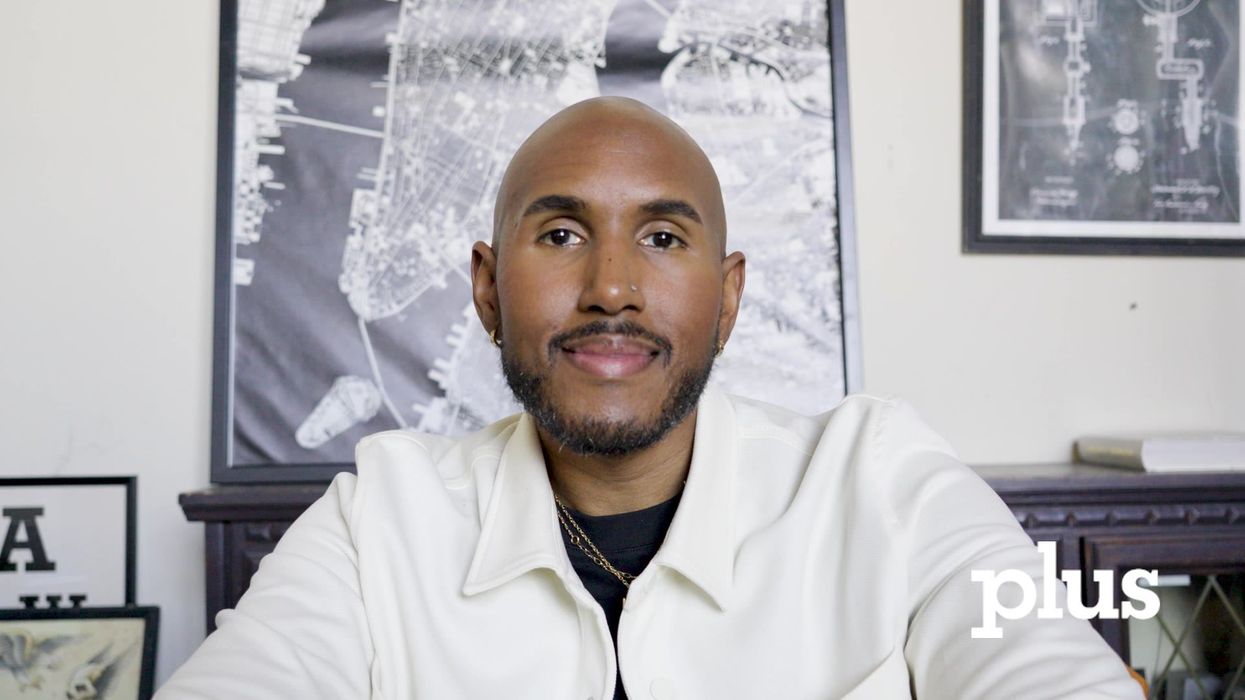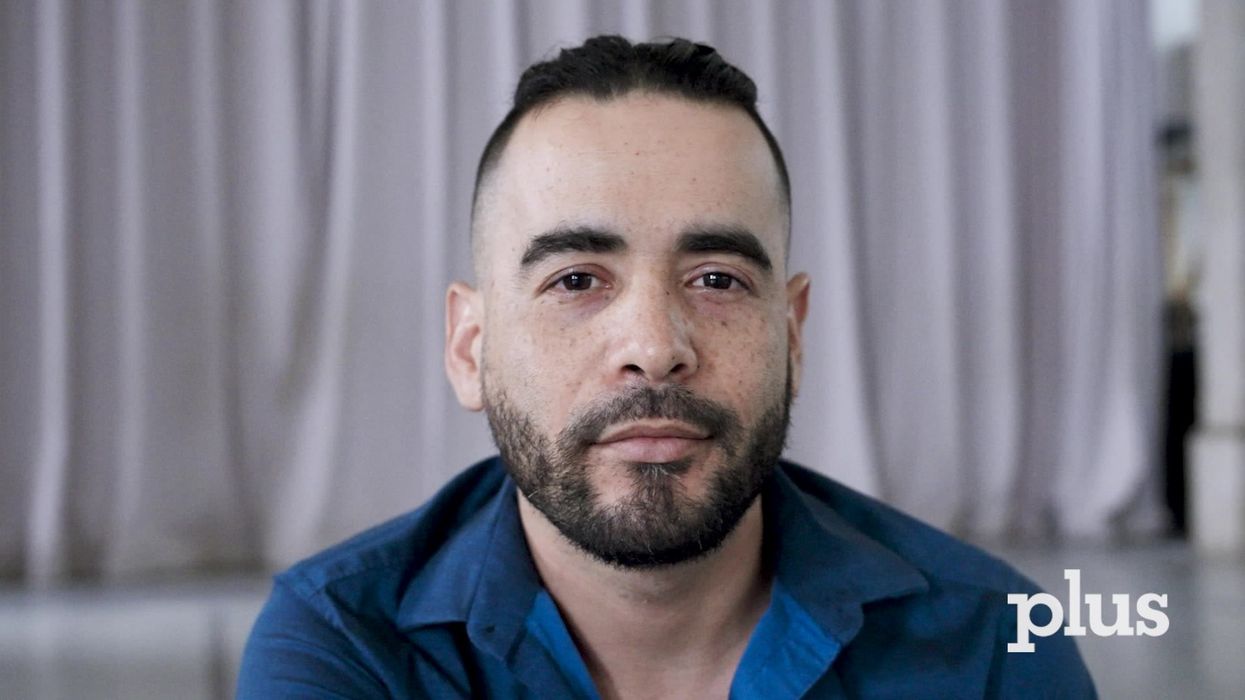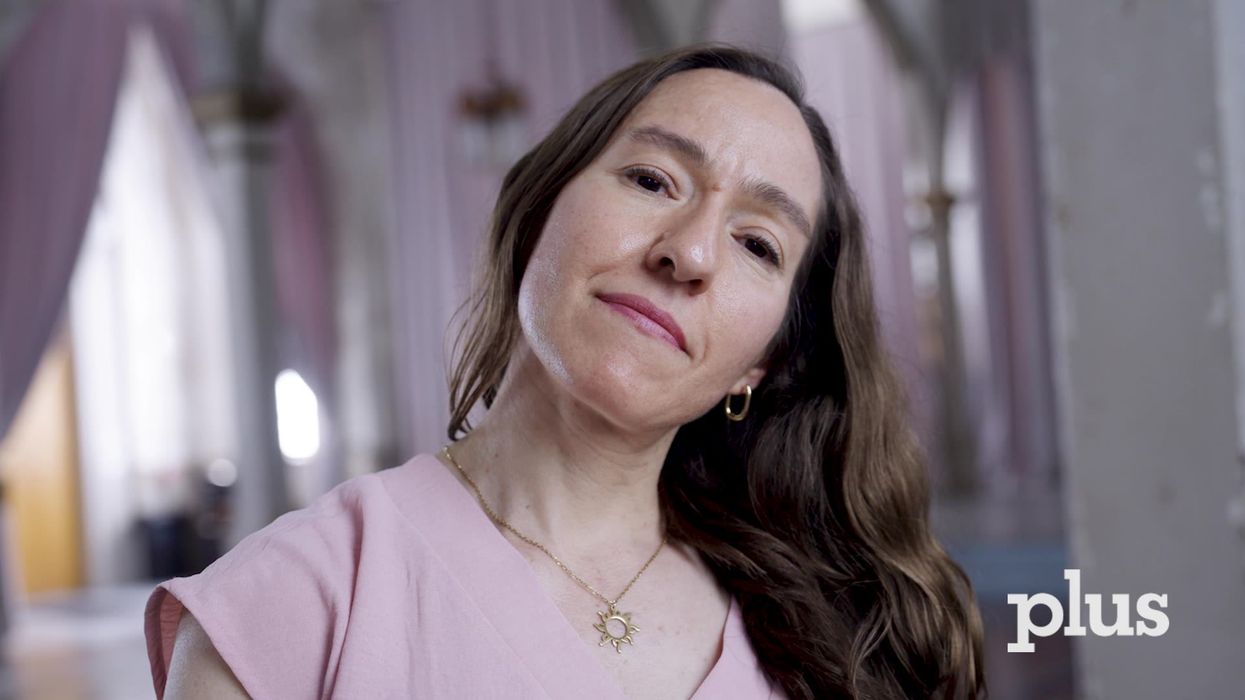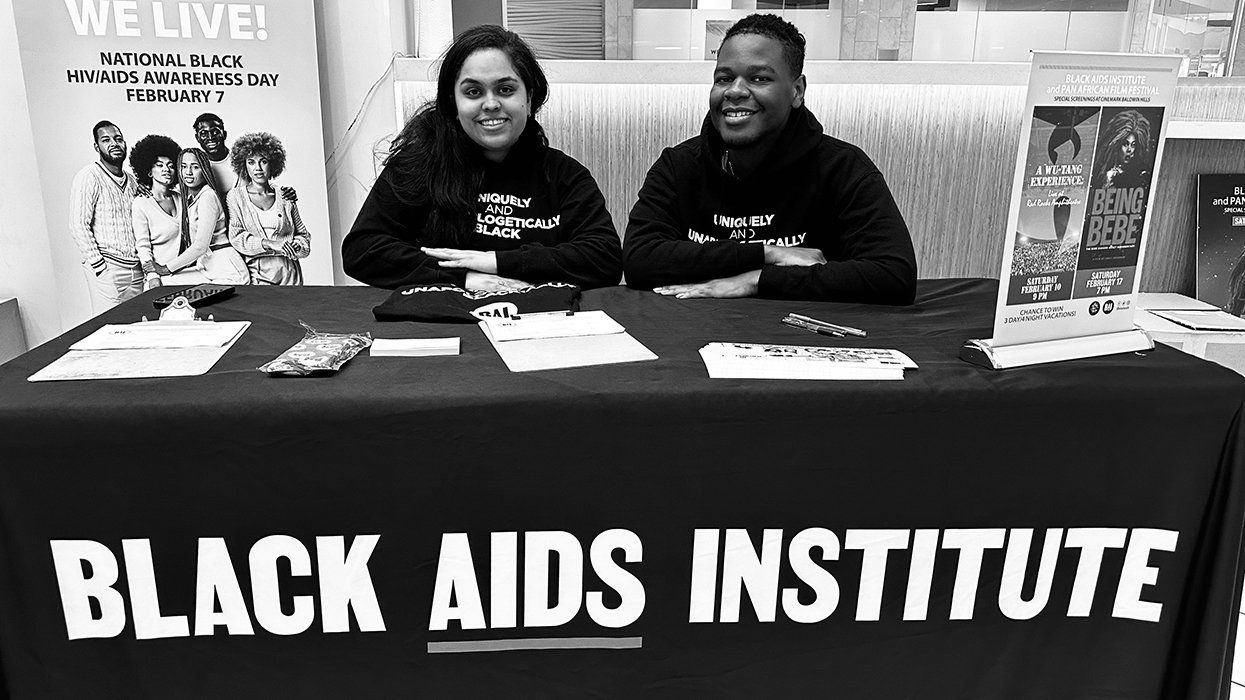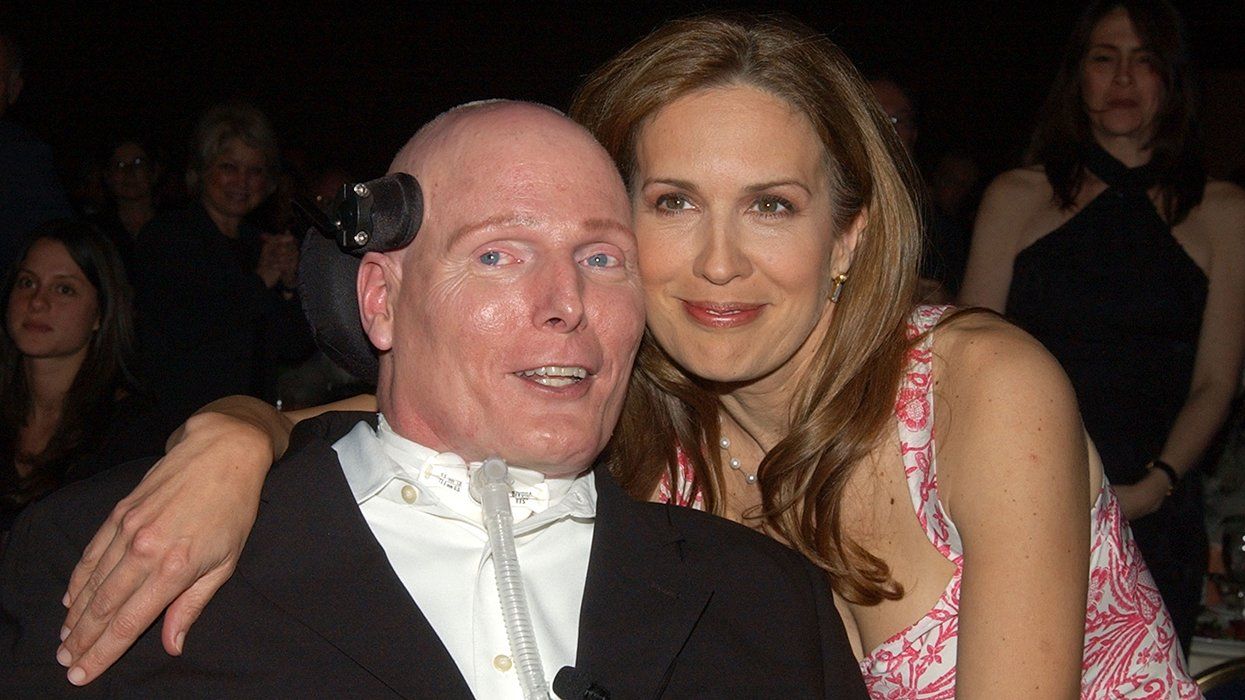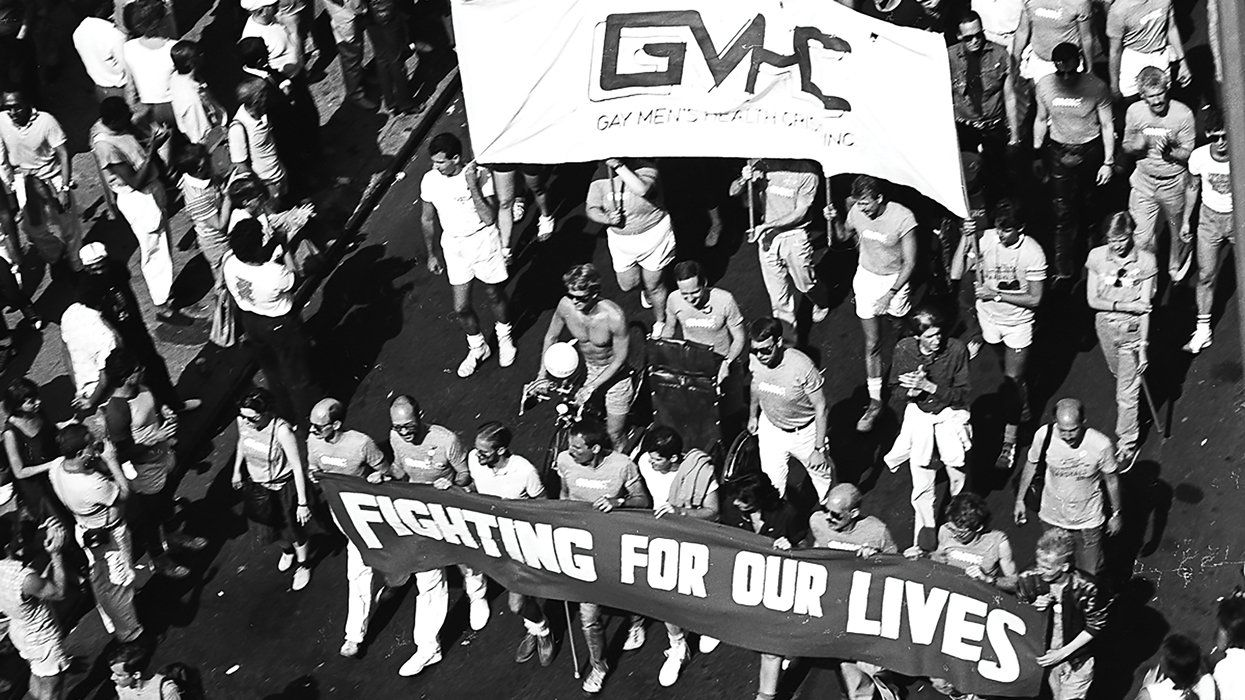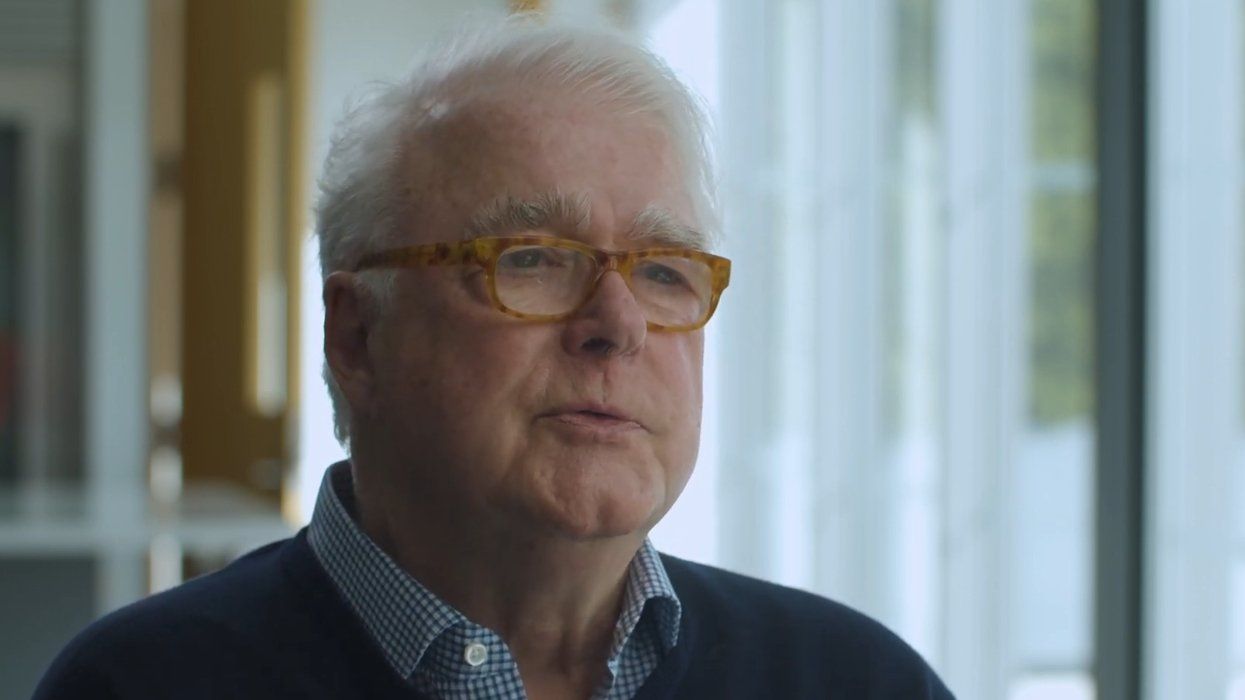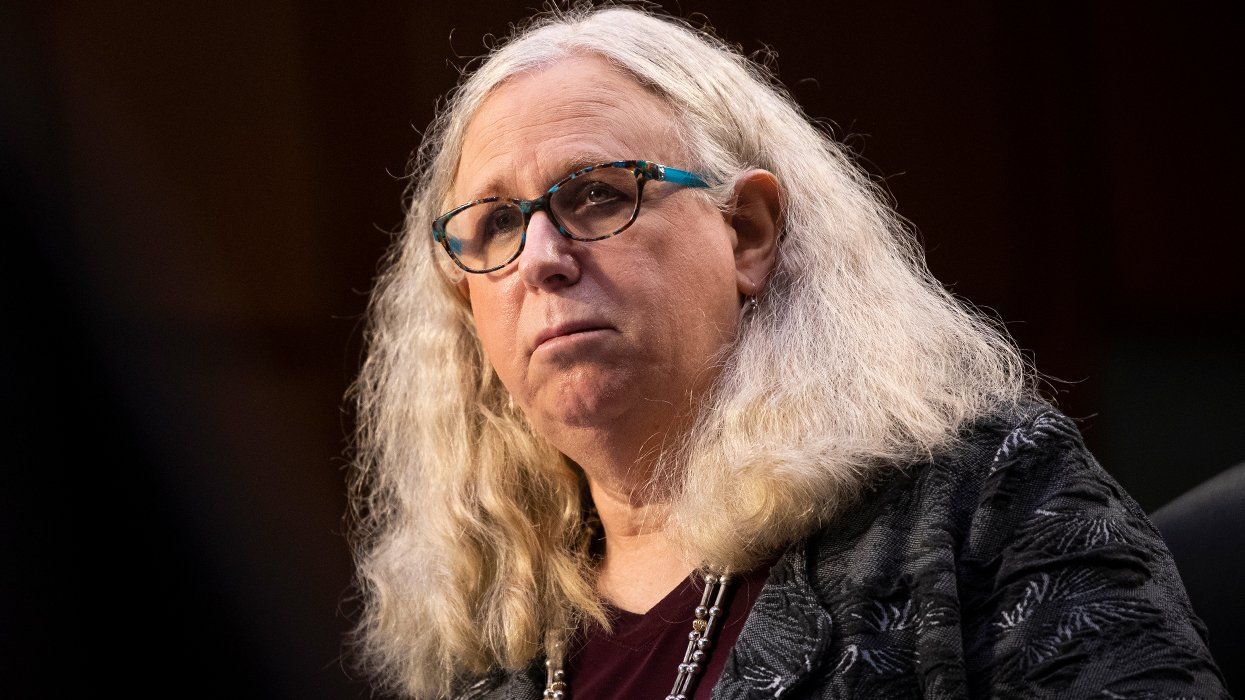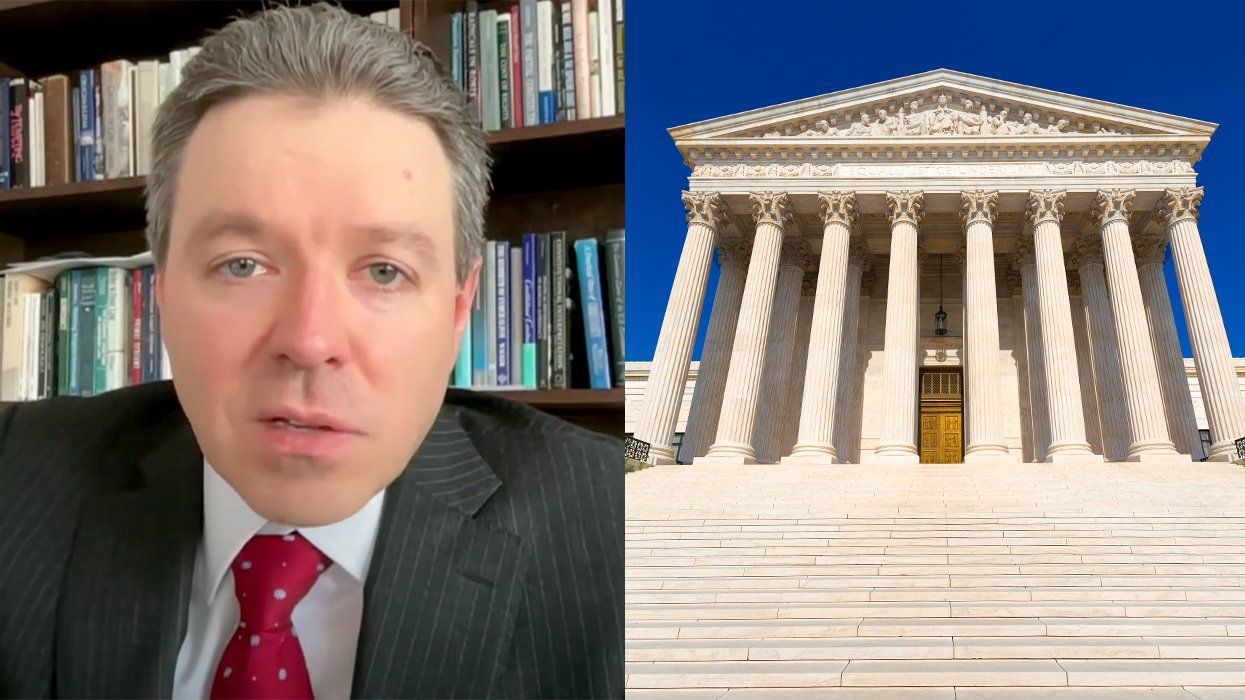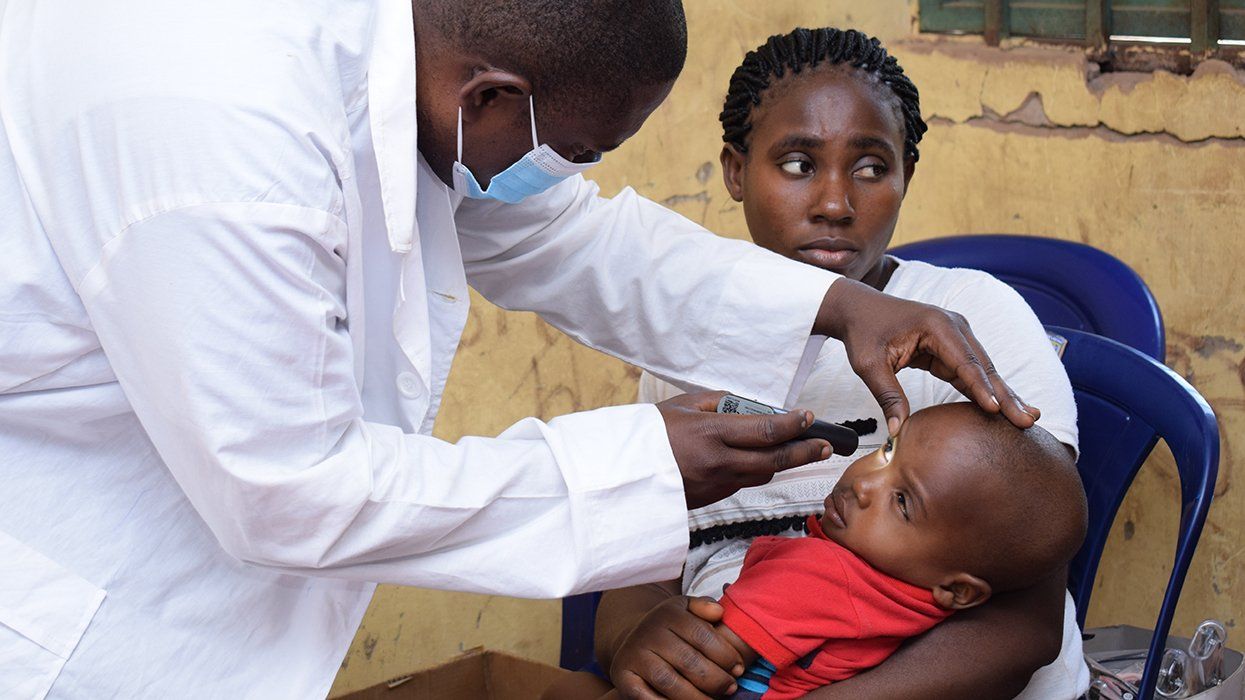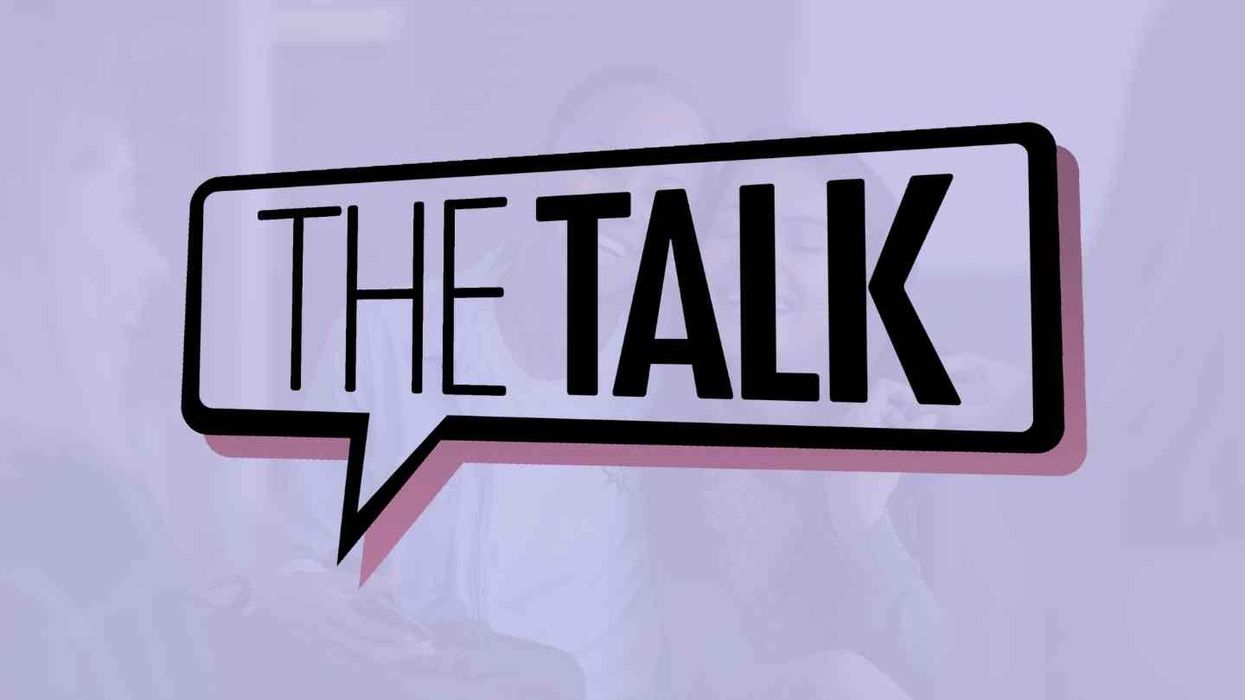This year has seen the world grapple with a new pandemic, but World AIDS Day, observed December 1 every year since 1988, is a reminder that an earlier one hasn’t gone away.
Approximately 1.2 million people in the U.S. are living with HIV today, according to the Centers for Disease Control and Prevention, based on 2018 data, the most recent available. The CDC estimates that 14 percent of Americans living with the virus, or one in seven, are unaware they have it and therefore not accessing treatment. Early treatment is key to preventing progression to a diagnosis of AIDS, also referred to as stage 3 HIV, marking a serious compromise of the immune system, whereas with treatment, a person with HIV can have a normal lifespan. But despite the successes there remains no cure or vaccine.
Annual HIV diagnoses are down to about two-thirds of where they were at the height of the epidemic in the mid-1980s, but progress in reducing the virus’s spread has stalled in the past few years. There were about 36,400 new HIV infections in the U.S. in 2018, and from 2014 to 2018 the average annual number of new infections was about 38,000. The U.S. government in 2019 set a goal of reducing new HIV infections by 75 percent in five years and by 90 percent in 10 years.
“The latest estimates indicate that effective HIV prevention and treatment are not adequately reaching those who could most benefit from them, and certain groups such as men who have sex with men (MSM), transgender persons, African Americans, and Hispanics/Latinos continue to be disproportionately affected,” HIV.gov notes. “Additionally, the highest rates of new HIV infection continue to occur in the South.”
Gay and bisexual men, and other MSM (no matter how they identify) accounted for 69 percent of new HIV diagnoses in the U.S. in 2018. When new diagnoses were broken out by race and ethnicity (for the entire population, not just MSM), African-Americans accounted for 42 percent of new diagnoses, although they represent 13 percent of the overall population. Latinx people accounted for 27 percent of new diagnoses and 18 percent of the population.
About three-quarters of people diagnosed with HIV as of 2018 had received some care, 58 percent were retained in care, and 65 percent had achieved viral suppression or had an undetectable viral load — a key to staying healthy and no longer be able to transmit HIV to someone else.
Worldwide, 38 million people are living with HIV, according to UNAIDS, which estimates 19 percent of them have not been tested. As of the end of 2019, 67 percent of people with HIV around the world were receiving antiretroviral treatment, meaning one-third were still waiting. The vast majority of people with HIV worldwide are in low- and middle-income countries.
But deaths associated with the pandemic are dropping. Around the globe, AIDS-related deaths have been reduced by 60 percent since peaking in 2004. In 2019, around 690,000 people died of AIDS-related illnesses, compared to 1.1 million in 2010, UNAIDS reports.
UNAIDS’s 90-90-90 goals set as targets that by this year, 90 percent of all people with HIV around the globe would know they have the virus, 90 percent of those living with the virus would be on antiretroviral treatment, and 90 percent of those on treatment would have achieved viral suppression. As of 2019, the world was not on track to meet those targets, instead coming in at 81 percent, 81 percent, and 88 percent respectively.
While both American and global plans for reducing HIV are ambitious, World AIDS Day is a reminder that we need to reach even higher and do a better job targeting communities most at risk.
Since 2012, the multiyear theme for World AIDS Day has been achieving zero new HIV infections, zero deaths from AIDS-related illnesses, and zero discrimination. Although COVID-19 is disrupting efforts to combat HIV, we do have some essential weapons in our arsenal. PrEP can prevent someone from contracting HIV even if they are exposed to it, and U=U (undetectable equals untransmittable) is the knowledge that those who reach undetectable levels can no longer transmit HIV to someone else. No longer being able to transmit the virus not only helps stop its spread, but it can derail the stigma that has made fighting HIV more difficult.
What can you do? If you are living with HIV, take your treatment regimen as prescribed so you can reach undetectability, stay informed about treatment and prevention advances, and share that knowledge with others. If you are HIV-negative, take steps to stay that way. Make sure you’re well-informed about advancements around HIV treatment, fight stigma by sharing the news about undetectability, and consider going on PrEP as further protection. Speak out against HIV discrimination and, if you have the means, donate time or money to an HIV service organization — especially during these difficult times. And show up, in person or digitally, for one of the World AIDS Day events.





